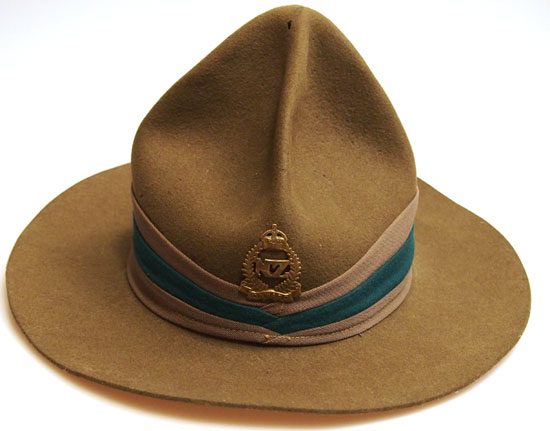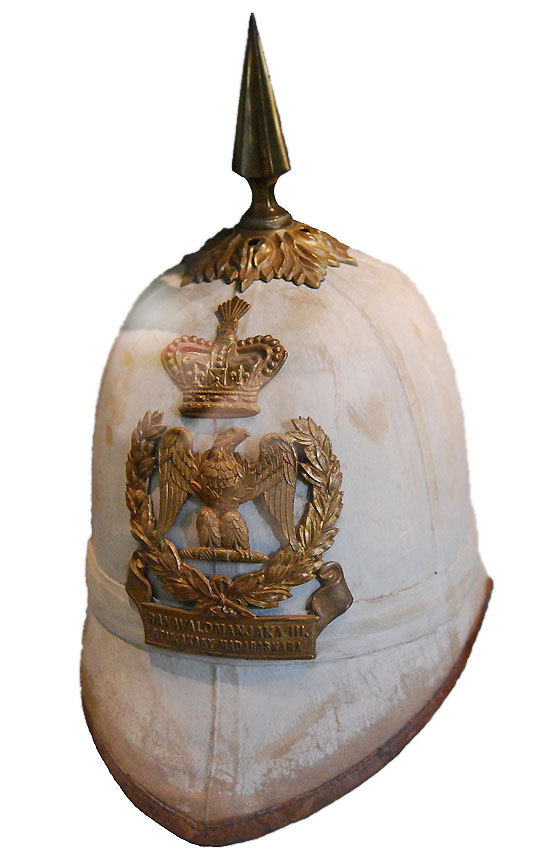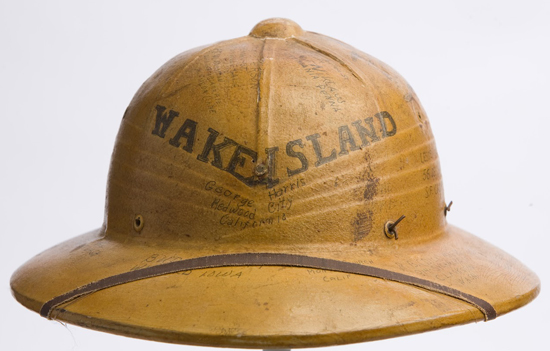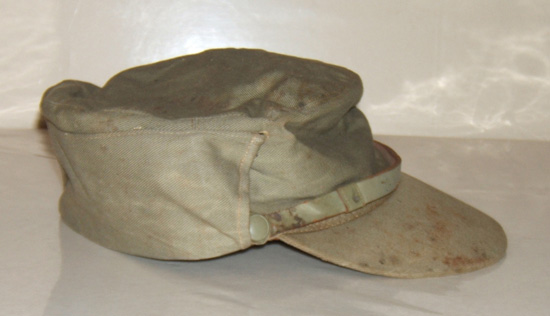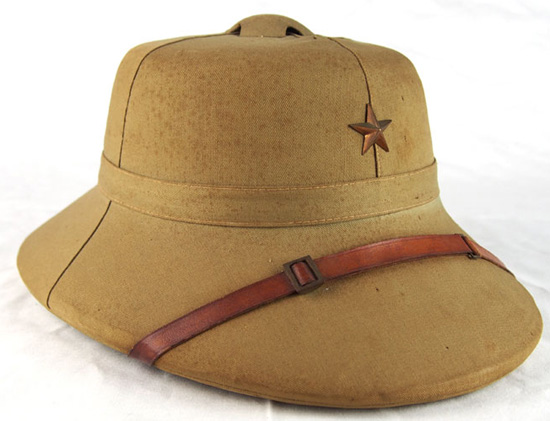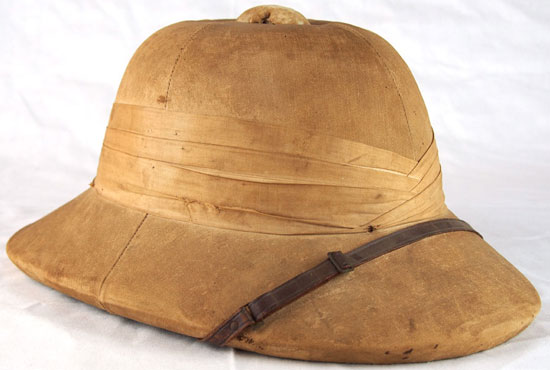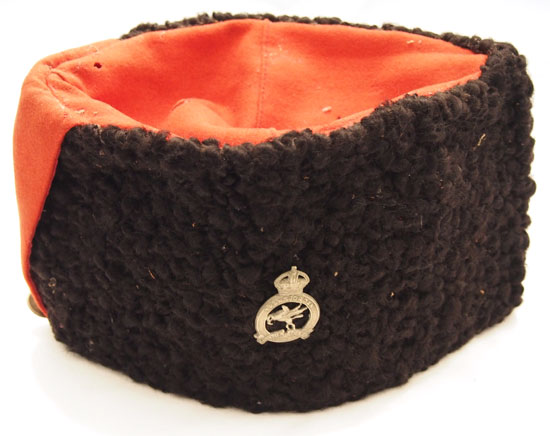
Formed in April 1926 as a para-military border guard to defend the northern and southern borders of the Transjordan, this unit was also an Imperial Service regiment. It drew its cadre from the Arab Legion, and replaced the disbanded British Gendarmerie, which itself had been founded following World War I to protect Transjordan. The unit was led by British officers, who typically donned sun helmets or visor caps – while the locally raised troops wore the Ottoman-styled kalpak, a type of headdress that was also worn by the Palestine Police Force and Arab Legion. Continue reading

